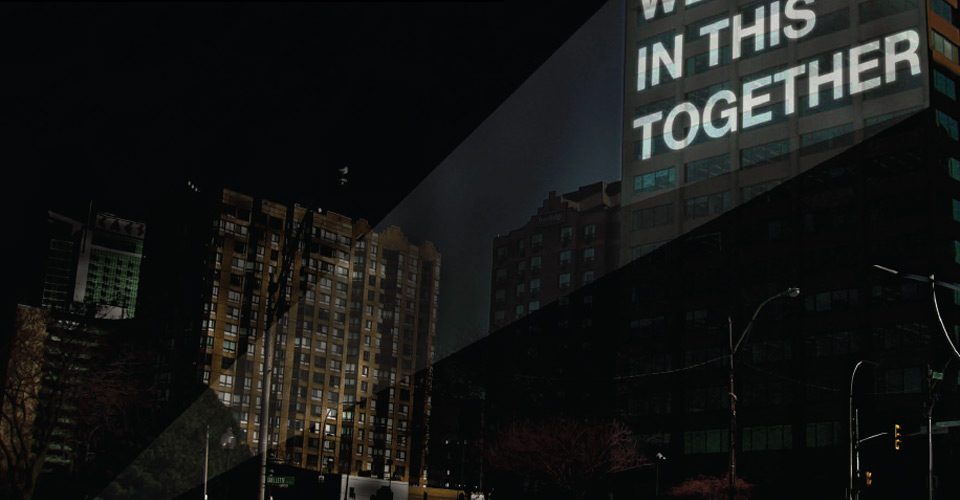Climate change is a classic “wicked” problem. The sources of the greenhouse gases that cause the problem are ubiquitous, such that no finger can be pointed directly at the culprit. Few people agree on how to resolve climate change, and efforts to combat it can cause more problems than they solve. Good examples include the controversies that have arisen over climate-saving solutions such as hydrogen vehicles and corn-based ethanol.
Climate change is a classic “wicked” problem. The sources of the greenhouse gases that cause the problem are ubiquitous, such that no finger can be pointed directly at the culprit. Few people agree on how to resolve climate change, and efforts to combat it can cause more problems than they solve. Good examples include the controversies that have arisen over climate-saving solutions such as hydrogen vehicles and corn-based ethanol.
Welcome to the world of wicked problems, a concept discussed recently by John C. Camillus of the University of Pittsburgh in the May 2008 issue of the Harvard Business Review. In “Strategy as a Wicked Problem,” Camillus writes: “Wickedness isn’t a degree of difficulty. Wicked issues are different because traditional processes can’t resolve them. … A wicked problem has innumerable causes, is tough to describe, and doesn’t have a right answer. … Environmental degradation, terrorism, and poverty – these are classic examples of wicked problems. They’re the opposite of hard but ordinary problems, which people can solve in a finite time period by applying standard techniques. Not only do conventional processes fail to tackle wicked problems, but they may exacerbate situations by generating undesirable consequences.”
This description of wicked problems helps explain why communities have so much difficulty becoming more sustainable. Many “solutions” lead to new problems, bylaw changes can create new complications, and policy updates can result in the need for more policy updates. A classic example involves the “big pipe” solution: replacing aging septic systems in rural towns and villages with municipal sewers that carry waste away to some distant sewage treatment plant. The sewers protect local ground and surface water, but they also open the door to suburban sprawl since the need for individual septic systems no longer limits population levels.
Historically, the laws that govern our communities were primarily designed to address one set of problems or result in a single desired outcome. For instance, municipal zoning emerged from public health and safety concerns that dictated the need to separate incompatible land uses such as a lead smelter and an elementary school.
This notion of separation has resulted in a rigid demarcation between residential, commercial, industrial and other land uses. As Jennifer Lynes and Dan Murray illustrate in their description of Bailey’s Local Foods, a neighbourhood local-food business (see “Zoned Out” on page 17), zoning can prevent entrepreneurs from setting up home-based businesses that contribute to a community’s sustainability by providing access to local goods. In many locales, zoning favours the development of single detached housing divorced from services and transit, and may even push development into environmentally sensitive areas.
Over time, experts have come to recognize that the wicked nature of sustainability demands a more integrated and nuanced approach than is offered by zoning and other bylaws that are often the norm for local governments. What is required instead are carefully crafted, community-specific legal and policy solutions.
The failure of local governments to bring about changes that facilitate sustainability often results from a fear of liability. Many trail or bike path systems, for example, have been stalled because a landowner or local government is afraid of being sued for public injury. This situation replicates itself with gardening on boulevards or planting fruit trees in schoolyards. It reflects a fundamental aspect of our legal system: property law is about owning something, not sharing it with others in the community.
Another barrier to community sustainability in Canada is the failure of governments to demand it. Most provincial legislation that gives local governments power is permissive – it allows, but does not require them to do things. An exception is Ontario’s Places to Grow Act, 2005, which specifies a hierarchy of minimum density levels within Southern Ontario. The urban growth boundary model used by Portland, Oregon, and Saanich, BC (also implemented to a certain degree by greenbelts or agricultural reserves associated with Vancouver, Ottawa, Montreal and Toronto), is another way to manage growth. Such tools bring about sustainability since they encourage urban densities that can support local shops and transit, while simultaneously maintaining a working land base for agriculture and other rural industries.
Addressing sustainability as a multifarious, wicked problem isn’t easy. It requires an integrated package of solutions, including ecosystem preservation, urban containment, as well as highdensity and green development. Moreover, the precise recipe must be crafted locally in response to unique ecological, social and economic conditions. The key is integrated planning, so that when solutions create new problems, they can be anticipated and addressed through adaptive management.
Another key for successfully moving toward sustainability is the inclusion of a set of measurable standards in bylaws, as well as in corporate, community and sustainability plans. Effective standards help identify the bylaws and policies that are barriers to sustainability. For example, simple performance-based standards in subdivision bylaws – such as ensuring that there is no net increase in post-development rainwater flow off-site or a requirement for permeable paving – can sustain hydrological function and show the ways in which other bylaw standards inhibit a sustainable approach. As described earlier, policies that specify minimum densities in residential developments are another good example since they help protect the working landscape by containing urban sprawl. Note that these examples are prescriptive rather than permissive, and also performancebased, meaning that communities can figure out how to meet a set standard using local solutions.
Sustainable communities, however, cannot be created by government alone. Their development requires ongoing community involvement. In Whistler, BC, 15 community task forces set annual priority actions that involve all community members: businesses, the municipality, citizens, non-profit organizations and service providers. These task forces influence the monitoring and integration of targets into bylaws and policies. They are ongoing forums in which the community increases its understanding of sustainability, thereby increasing its “sustainability capital.”
A desire to grow its sustainability capital is what caused the City of Dawson Creek, BC, to pledge that it would become carbon neutral by 2012. Mayor Mike Bernier credits this bold step with a 2003 community visioning process that gave him a clear mandate to “start becoming environmentally and socially sustainable.”
To put sustainability law and policy into a comprehensive package that is capable of dealing with the wicked nature of sustainability goals requires the clear-sighted leadership of people such as Hope Burns. The recipient of the Planning Institute of BC’s 2008 Planner of the Year award, Burns is the director of planning for the District of Central Saanich, a small rural municipality north of Victoria. Her report to council, which evaluated a residential development proposal against the priorities outlined in Saanich’s community plan, convinced council to turn down the application even though it involved many sustainable features: permeable paving, stormwater infiltration, clustering of buildings, a trail, green roofs and green building certification. Nonetheless, it was an urban development plan that was inappropriate for a rural area, a reality that underlines the pass/fail nature of some land-use decisions. Regardless of how green it is, a residential building in the middle of a potato field fails the test.
As outlined by Camillus, wicked problems are never “solved.” Communities cannot tackle wicked problems as they would “tame” ones. They cannot understand the problem, gather and synthesize information, develop a solution, and then achieve sustainability. Instead, they have to learn to move forward despite not fully understanding the problem, nor having established a definitive solution. Responses are adapted over time.
The good news is that much of what makes a community sustainable is possible from a legal perspective. The legislation needed to enable local governments to make sustainable choices is already in place. As community and government leaders come to recognize the wickedness of sustainability, they will understand that they can’t blame bylaws for failed efforts to achieve sustainability. They will also learn that adjusting laws is only one of many tools they have to employ in their efforts to create more sustainable communities.
Deborah Curran, a land-use lawyer, is a program director/senior instructor with the University of Victoria’s Environmental Law Centre and Faculty of Law.













